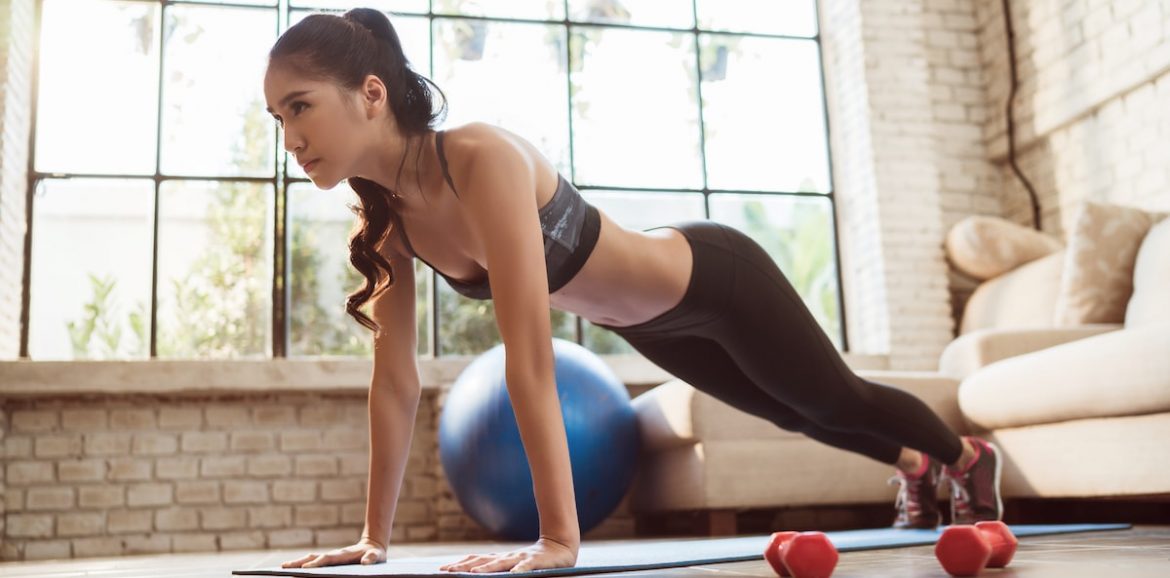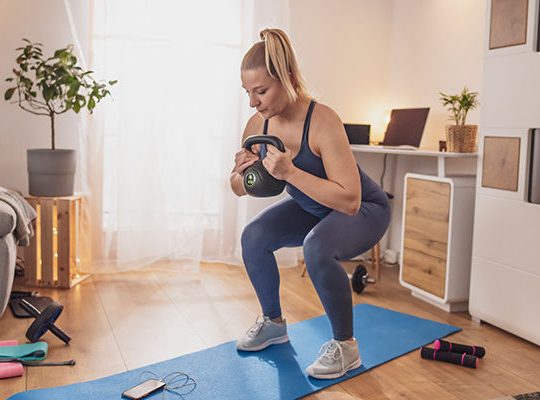Most often, it is at home that it is difficult for us to gather strength and force ourselves to play sports. And this is in vain, because our activity is directly related to health.
Stick to a workout schedule
First of all, you need to remember that you do not need to practice every day. Your body needs time to recover and rest.
For home workouts, a three times a week schedule is appropriate. For convenience, we recommend that you divide your workouts by day (for example, Monday / Wednesday / Friday, or Tuesday / Thursday / Saturday). Following the schedule, the result will not be long in coming – the body will become more resilient.
Power and cyclic loads can be alternated. Let’s say Monday can be set as the day for strength training and Wednesday for light cardio for 30 minutes. If you follow this principle, against the background of light aerobic exercise, the result from strength training increases.
Exercise at home
The duration of your workout depends on your fitness level. Taking into account warm-up and cool-down, the average duration of a lesson is 60 minutes.
During training, you need to focus primarily on your feelings. In the beginning, it can be difficult to tell laziness from tiredness. The first time you need to force yourself to work out the allotted time.
However, you do not need to continue exercising if you feel pain in your back, joints (knee or elbow), or your heart starts to jump out of your chest.
These exercises can be performed without equipment:
Squats (strengthening the lower body)
Jump Squat (helps to strengthen muscles and joints)
Lunges (strengthening the muscles of the legs and buttocks)
Burpee (functional dynamic exercise, combines the elements of squats, planks, push-ups and jumps up, engages all muscle groups)
Push-ups (development of the pectoral muscles, triceps, the entire shoulder girdle)
Abs (strengthening the abdominal muscles)
Plank (strengthening muscles that stabilize the body: oblique muscles of the abdomen, transverse and rectus muscles, small and middle gluteal muscles, muscles of the back of the thigh, coracohumeral)






